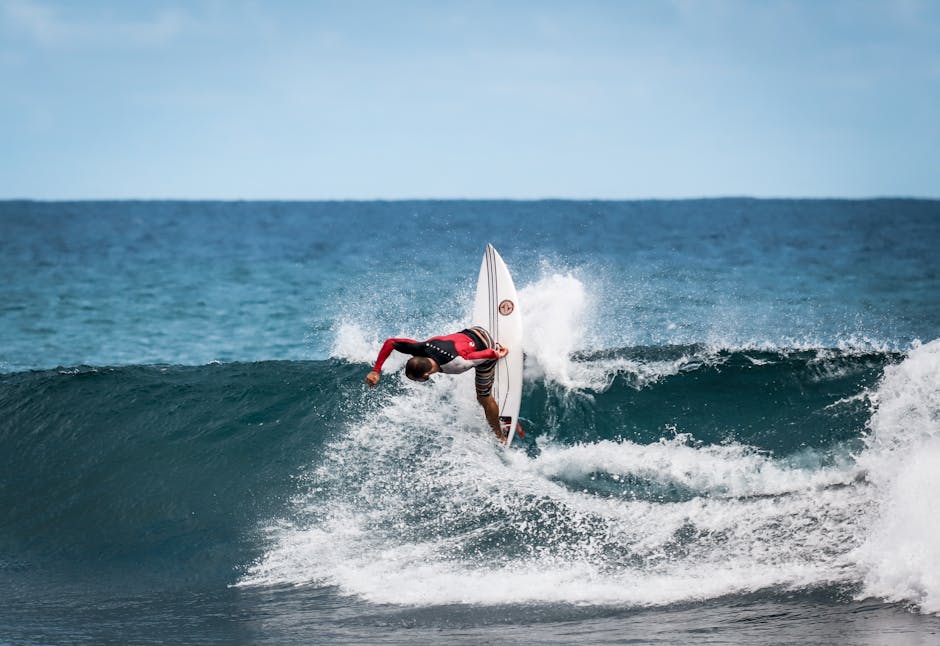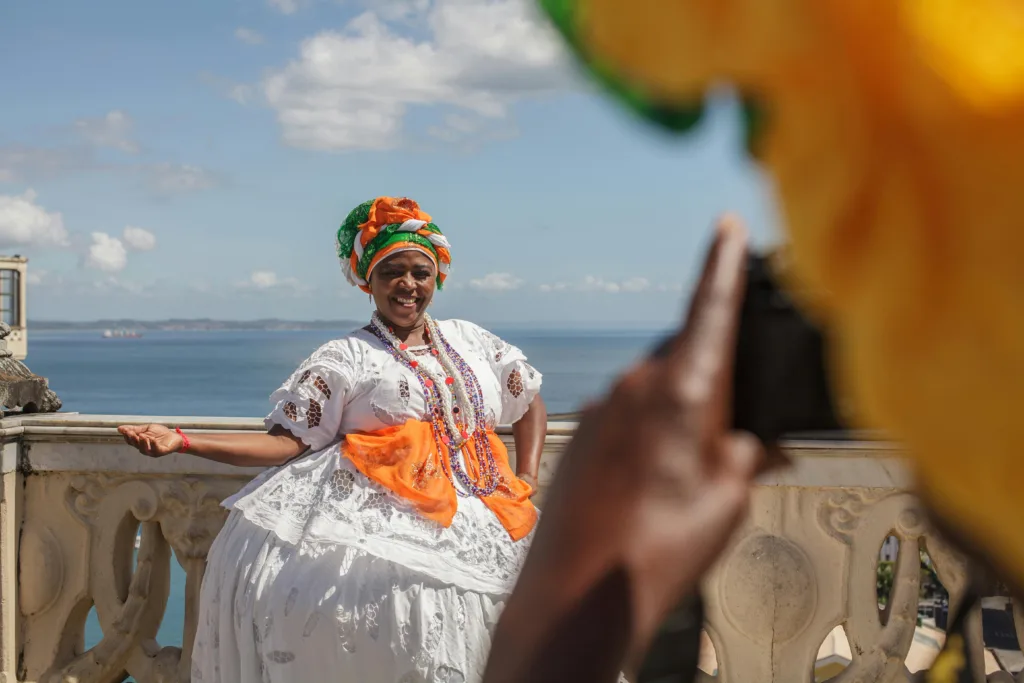Thinking About a Favela Tour in Rio? Let’s Talk.
So, you’re in Rio de Janeiro. You’ve marveled at Christ the Redeemer, felt the sun on your skin at Copacabana, and maybe even sambaed the night away in Lapa. But you’ve also seen them—the colorful, sprawling communities climbing the city’s iconic hills, or morros. You’ve heard the word ‘favela,’ and it probably came with a mix of curiosity and caution. And now you’re wondering: what’s it really like in there? Is it okay to go and see for yourself?
That’s a fantastic question, and the fact that you’re asking it means you’re already on the right track. The idea of a ‘favela tour’ can feel complicated. Is it voyeuristic? Is it safe? Is it ethical? The short answer is: it depends entirely on how you do it. Forget the sensationalized headlines. A responsible, community-led favela tour isn’t about gawking at poverty; it’s about connecting with the vibrant, resilient, and often misunderstood heart of Rio. It’s about swapping stereotypes for stories, and observation for interaction. Let’s dive into how you can have an experience that is not only unforgettable but also genuinely positive for the community you’re visiting.
First Things First: What Exactly Is a Favela?
Before we go any further, let’s clear up some myths. The word ‘favela’ is often translated as ‘slum’ or ‘shantytown,’ but that’s a massive oversimplification that misses the point entirely. Favelas are neighborhoods. They are communities. Historically, they began as informal settlements, often established by formerly enslaved people and soldiers with nowhere else to go. Over decades, they have grown into complex urban centers with their own unique cultures, economies, and social structures.
While many residents face challenges related to infrastructure and social inequality, these communities are not defined by their problems. They are defined by their people. They are hubs of culture, art, music (the birthplace of samba!), and incredible entrepreneurship. Think of them not as a sad footnote to Rio’s story, but as an integral, dynamic, and essential chapter. Walking through a favela, you’re more likely to be struck by the sound of kids playing soccer, the smell of someone cooking a delicious lunch, and the sight of incredible street art than anything else.
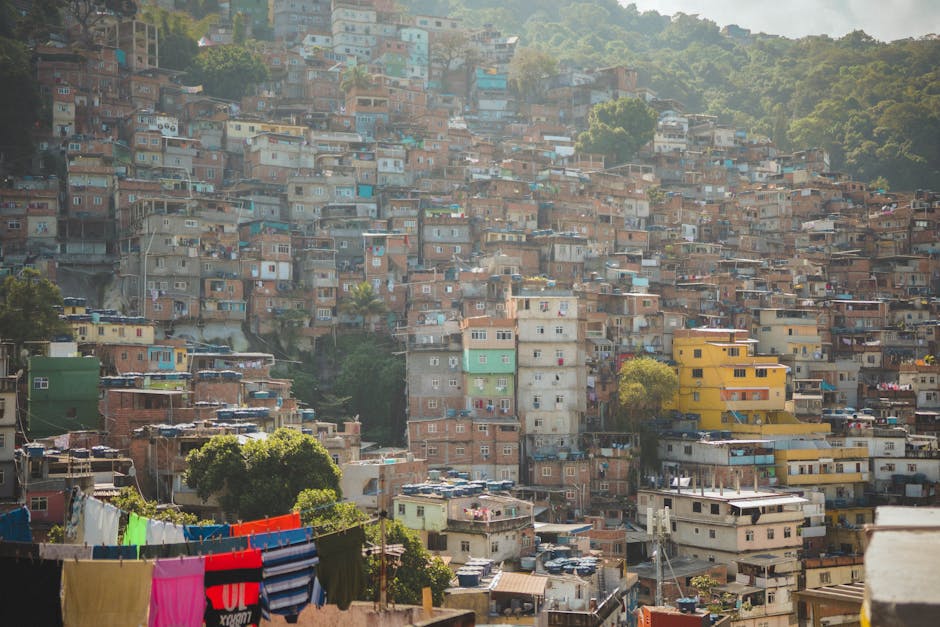
The Big Question: Are Favela Tours Ethical?
This is the crux of the matter, and it’s where the difference between exploitation and empowerment becomes crystal clear. Let’s break down the two opposing approaches:
The Wrong Way: Exploitative ‘Poverty Tourism’
You’ve probably seen ads for them: ‘safari-style’ jeep tours that rumble through the main streets of a favela without stopping. Passengers snap photos from a distance as if they’re in a human zoo. The guide might focus on stories of crime and danger, playing into stereotypes. In this model, the community is a backdrop. The residents are props. The money you paid for the tour goes to an outside company, and the community sees little to no benefit. This is the kind of tour you must avoid. It’s disrespectful, unethical, and reinforces harmful narratives.
The Right Way: Responsible Community-Based Tourism
A responsible tour is the complete opposite. It’s built on respect, connection, and mutual benefit. Here’s what it looks like:
- It’s led by a resident. This is non-negotiable. Who better to tell the story of a community than someone who lives and breathes it every day? A local guide provides authentic insights, can answer your questions honestly, and ensures your presence is respectful.
- It’s a walking tour. You’ll be on your feet, navigating the winding alleys (becos and vielas), meeting people, and experiencing the rhythm of daily life up close.
- The money stays in the community. Responsible tour operators are often small businesses run by residents, or they ensure a significant portion of the tour price is reinvested into local social projects, like schools, art programs, or daycare centers.
- It focuses on culture, not crime. The narrative is about the community’s strengths: the art, the music, the local businesses, the history, and the people’s stories of resilience and creativity.
When done this way, a favela tour becomes a powerful tool. It provides a vital source of income, challenges negative stereotypes, and gives residents a platform to share their own reality with the world.
Choosing the Right Tour: Your Responsibility Checklist
Okay, so you’re sold on the ‘right way.’ How do you find it? You need to do a little homework, but it’s worth it. When researching tour operators, ask these questions:
- Who is the guide? The website should proudly state that their guides are residents of the favela you’ll be visiting. If it’s vague, that’s a red flag.
- What’s their mission? Look for an ‘About Us’ page that talks about community empowerment, social impact, or reinvesting profits. Do they run or support an NGO or a community project?
- What do the reviews say? Don’t just look at the star rating. Read what people are saying. Do they mention feeling welcomed? Did they learn something new? Did they talk about specific interactions with local people or businesses?
- What is the group size? Smaller groups (typically under 10 people) are far less intrusive and allow for a more personal and respectful experience.
- Do they have a photography policy? A responsible company will brief you on the ethics of photography, emphasizing the importance of asking for permission before taking pictures of people, especially children.
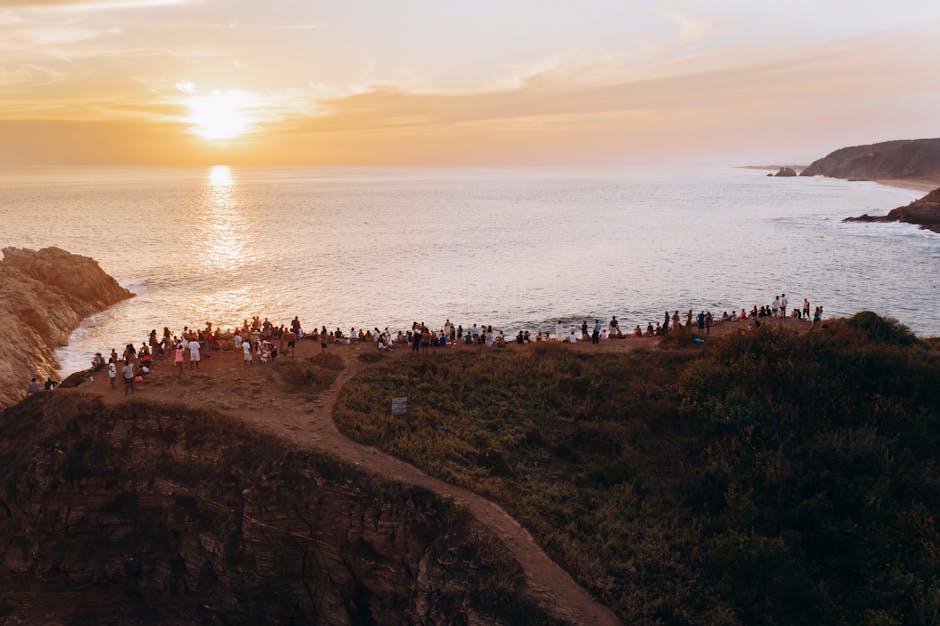
Spotlight: Rocinha & Vidigal
While Rio has hundreds of favelas, most tours focus on a few key ones, primarily for reasons of accessibility and established community tourism initiatives. Two of the most common are Rocinha and Vidigal.
Rocinha: A City Within a City
Often cited as the largest favela in brazil, Rocinha is a sprawling, energetic universe. A tour here feels like exploring a bustling city. You’ll see a dizzying network of streets packed with shops, banks, restaurants, and homes stacked one on top of the other. The main mode of transport up the steep hills is the moto-taxi, and watching them weave through traffic is an experience in itself! A good tour in Rocinha will take you off the main concrete road and into the pedestrian alleyways to show you the reality of daily life and introduce you to local artists or social projects.
Vidigal: Arts, Hikes, and Epic Views
Perched on a hill with jaw-dropping views over Ipanema and Leblon beaches, Vidigal has become known for its thriving arts scene and bohemian vibe. It has attracted artists, musicians, and even a few trendy guesthouses. Many visitors come to Vidigal as the starting point for the famous hike to the top of Morro Dois Irmãos (Two Brothers Hill), which offers one of the best panoramic views of Rio. A tour here often combines a walk through the community with the hike, offering a perfect blend of culture and nature.
How to Be a Great Visitor: Favela Tour Etiquette 101
Once you’ve booked your responsible tour, your role as a respectful visitor begins. Keep these simple tips in mind:
- Ask Before You Snap. This is the golden rule. It’s tempting to photograph everything, but remember you are in someone’s neighborhood. Always ask for permission before taking a photo of a person. A simple smile and a gesture toward your camera is often all it takes. Your guide can help facilitate this.
- Support Local Businesses. If your tour stops at a local artist’s studio, a bakery, or a juice bar, make a purchase! Buying a piece of art, a snack, or a drink is one of the most direct ways to ensure your money supports the local economy.
- Dress Respectfully and Practically. You’re not going to the beach. Wear comfortable walking shoes (there will be hills and uneven stairs!), and opt for modest clothing out of respect for the community.
- Be Open and Engage. Don’t be a passive observer. Smile. Learn a few words in Portuguese like ‘Bom dia’ (Good morning) and ‘Obrigado/Obrigada’ (Thank you). Listen intently to your guide and the residents you meet. Ask thoughtful questions.
- Trust Your Guide. They are your cultural bridge. Follow their lead, respect their advice, and stay with your group. They know the community inside and out and are there to ensure a safe and positive experience for everyone.
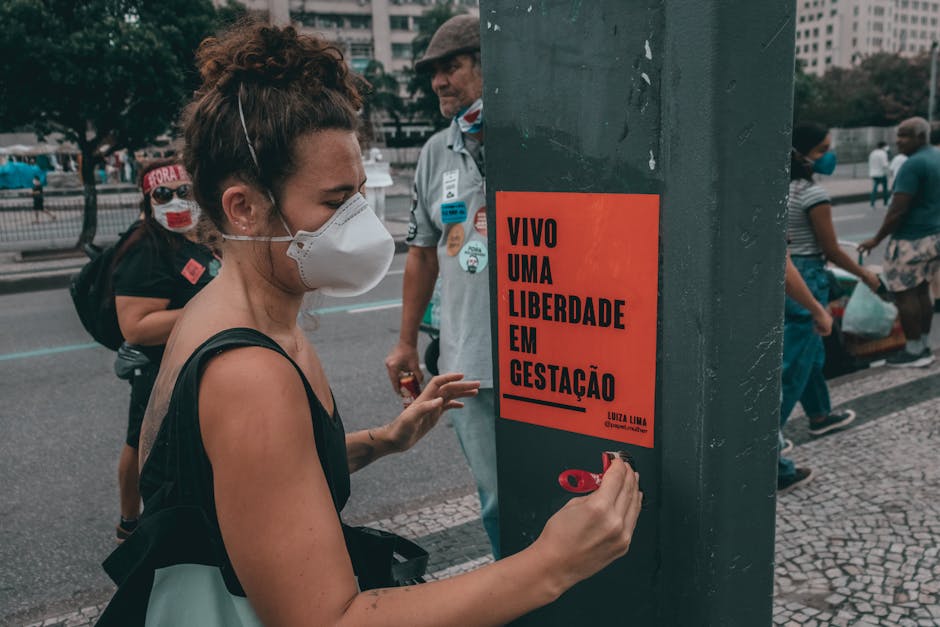
A favela tour, when chosen with care and undertaken with an open heart, is so much more than just a tour. It’s a chance to dismantle your own preconceived notions and replace them with a nuanced, human-centered understanding of Rio de Janeiro. It’s an opportunity to see firsthand the power of community, the beauty of resilience, and the incredible creativity that thrives in every corner of this magnificent city. By choosing a tour that empowers residents to tell their own stories, you’re not just a tourist; you’re a conscious traveler contributing to a more equitable and authentic form of tourism. And that’s an experience that will stay with you long after you’ve left the hills of Rio behind.




